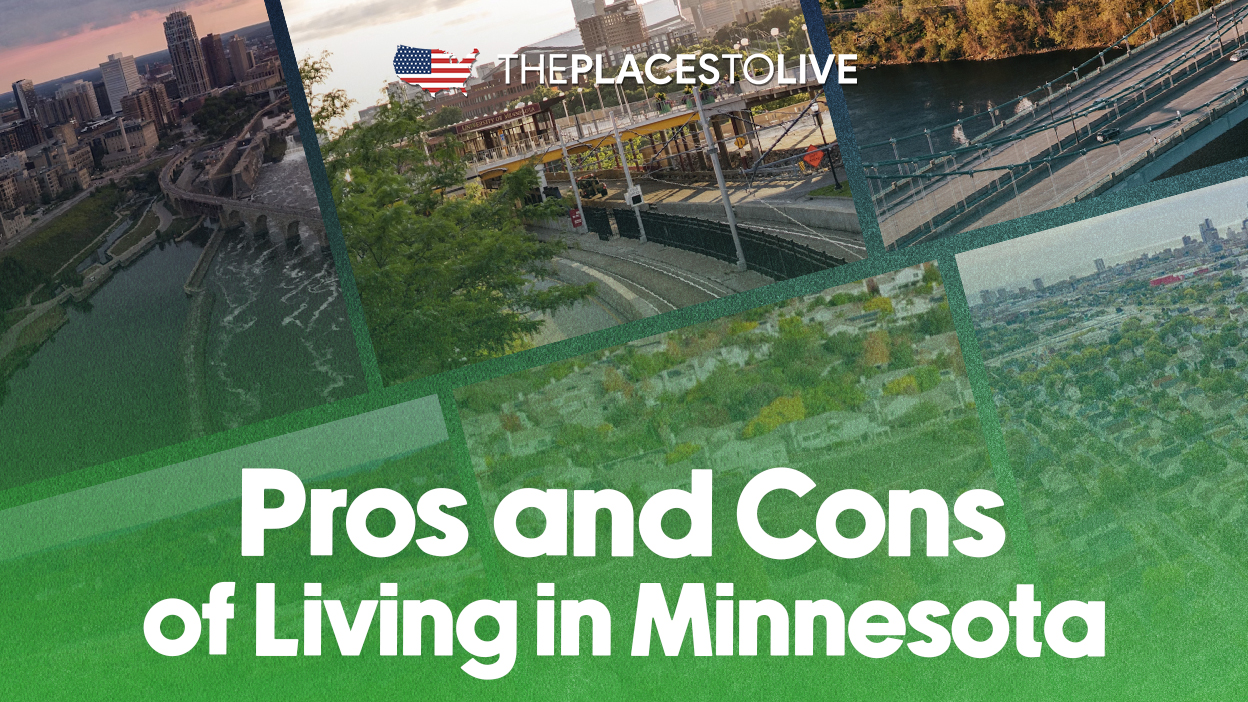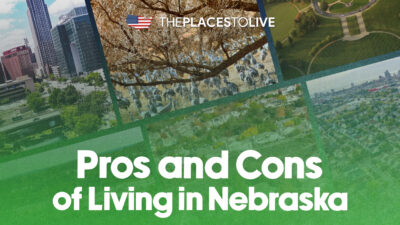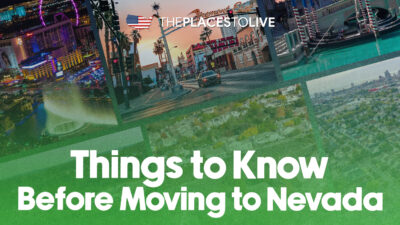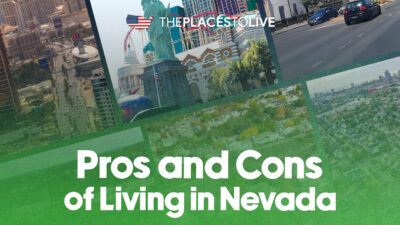Pros and Cons of Living in Minnesota: A Balanced, In-Depth Guide
When considering a move, weighing the Pros and Cons of Living in Minnesota is essential. This article explores both the advantages and challenges associated with living in this northern U.S. state. Known for its high quality of life, strong community ties, stunning natural landscapes, economic stability, and excellent educational institutions, Minnesota attracts many families, professionals, and outdoor lovers. However, no place is perfect, and Minnesota presents some unique lifestyle drawbacks too. Our goal is to provide a balanced, detailed view of the Minnesota pros and cons so readers can assess the living in Minnesota benefits against any potential downsides before making relocation decisions.
Overview of Minnesota Lifestyle

Living in Minnesota offers a distinctive lifestyle blend, harmonizing urban amenities and rural tranquility. The Twin Cities metro area—Minneapolis and St. Paul—provides access to top-tier schools, world-class healthcare, and a broad array of job opportunities. Meanwhile, smaller towns and rural regions allow a quieter, nature-infused daily experience.
Urban and Rural Blend
Minnesota’s lifestyle balances the convenience of metropolitan life with the charm of natural surroundings. Urban residents enjoy sophisticated arts scenes, diverse dining, and strong economic sectors, while rural residents benefit from wide-open spaces, less congestion, and tight-knit communities.
Cultural Fabric and Community
Community engagement is a key element of Minnesota’s culture. The state celebrates its rich Native American heritage through museums, festivals, and educational programs. Across Minnesota, people often feel a deep sense of belonging and mutual support, which enhances the Minnesota quality of life.
Abundant Outdoor Recreation
One of the living in Minnesota benefits is unparalleled access to outdoor activities year-round. With over 10,000 lakes, expansive forests, and countless parks, residents engage in boating, fishing, hiking, biking, skiing, and snowshoeing across the state’s four distinct seasons. This outdoor lifestyle is a pillar of Minnesota’s positive reputation for health and well-being.
Lifestyle Drawbacks to Consider
Despite these benefits, Minnesota lifestyle drawbacks exist, especially for those unaccustomed to cold weather or rural isolation. The climate and geographic spread require adjustments, which we’ll explore in detail throughout this article.
Pros of Living in Minnesota
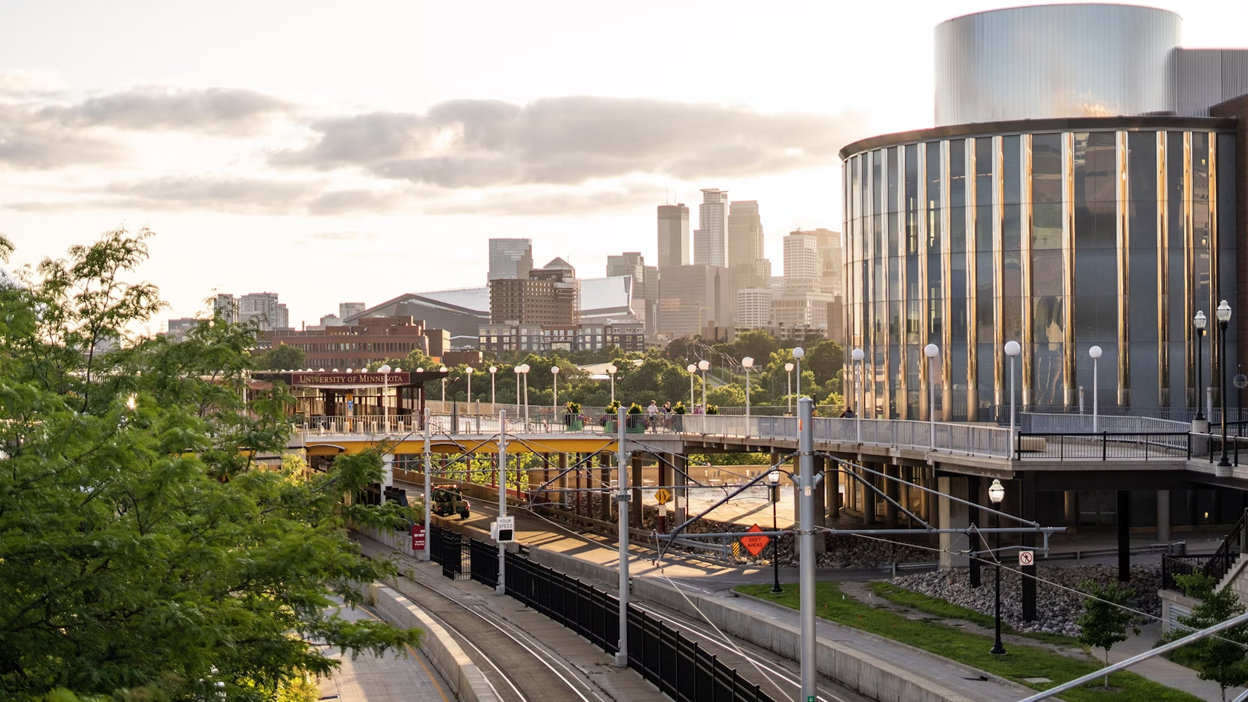
Minnesota provides many compelling advantages, solidifying its position as a desirable place to settle.
Exceptional Education Opportunities
The state boasts some of the nation’s best public schools and universities, cultivating an educated workforce and enhancing opportunities for families and young professionals. From kindergarten through higher education, Minnesota’s emphasis on quality education supports residents’ long-term success.
Outstanding Healthcare Access
Minnesota is home to numerous renowned healthcare institutions. Residents benefit from excellent medical care and preventive services, contributing to a life expectancy around 80.8 years, which surpasses the national average by nearly four years.
Safety and Economic Stability
Minnesota ranks low in crime rates and unemployment, offering a secure and stable environment. Especially in and around the Twin Cities, the economy is growing robustly with expansions in tech, healthcare, and manufacturing sectors.
Natural Environment and Year-Round Recreation
With an abundance of lakes, forests, and parks, Minnesota invites outdoor enthusiasts to stay active in every season. Whether it’s summer boating or winter skiing, residents enjoy diverse recreational options that promote healthy, balanced lifestyles.
Cultural Vibrancy and Strong Community Ties
The state’s community life shines through its vibrant arts scenes, cultural festivals, and inclusive neighborhoods. These elements not only enrich social lives but also support emotional well-being, reflecting positively on Minnesota quality of life.
Enhance Your Minnesota Outdoor Experience
For those eager to embrace Minnesota’s outdoors, investing in camping gear from trusted brands like REI or Columbia Sportswear can enhance comfort and safety during adventures. High-quality equipment allows you to enjoy the wilderness fully, a significant living in Minnesota benefit.
Cons of Living in Minnesota
While Minnesota shines in many areas, it also presents challenges worth noting.
Long, Harsh Winters
Minnesota winters can be brutally cold and prolonged, with temperatures often plunging well below freezing. The reduction in daylight during winter months increases risks of seasonal affective disorder (SAD), posing mental health challenges for some residents.
Rising Cost of Living in Urban Areas
Though the overall cost of living was once modest, urban centers like Minneapolis and St. Paul are experiencing increases. Housing affordability and general expenses can strain family budgets, requiring careful financial planning.
Rural Isolation
Outside metro areas, residents may face limited access to services such as specialty healthcare, entertainment, and shopping. The sparse population and long distances can lead to feelings of isolation.
Higher State Taxes
Minnesota’s tax rates are comparatively high relative to neighboring states. This includes income tax, property tax, and sales tax, impacting overall affordability and personal finances.
Winter Gear for Comfort
To manage cold weather conditions, investing in winter apparel from The North Face or heated accessories by Therm-ic can significantly improve comfort during the harsh months. Proper gear is vital for maintaining well-being amidst Minnesota lifestyle drawbacks.
Detailed Minnesota Pros and Cons List
| Pros of Living in Minnesota | Cons of Living in Minnesota |
|---|---|
| High quality of life and life expectancy | Harsh, long winters |
| Strong education system | Risk of seasonal affective disorder |
| Excellent healthcare access | Higher state taxes |
| Low poverty and unemployment rates | Rising cost of living in urban areas |
| Abundant outdoor recreation | Potential isolation in rural regions |
| Vibrant cultural and community life | Some quality-of-life indicators trending worse |
| Growing tech and economic opportunities |
This table succinctly aligns key Minnesota pros and cons for easy comparison, illustrating that the state is a mix of valuable opportunities and realistic challenges.
Minnesota Quality of Life Considerations
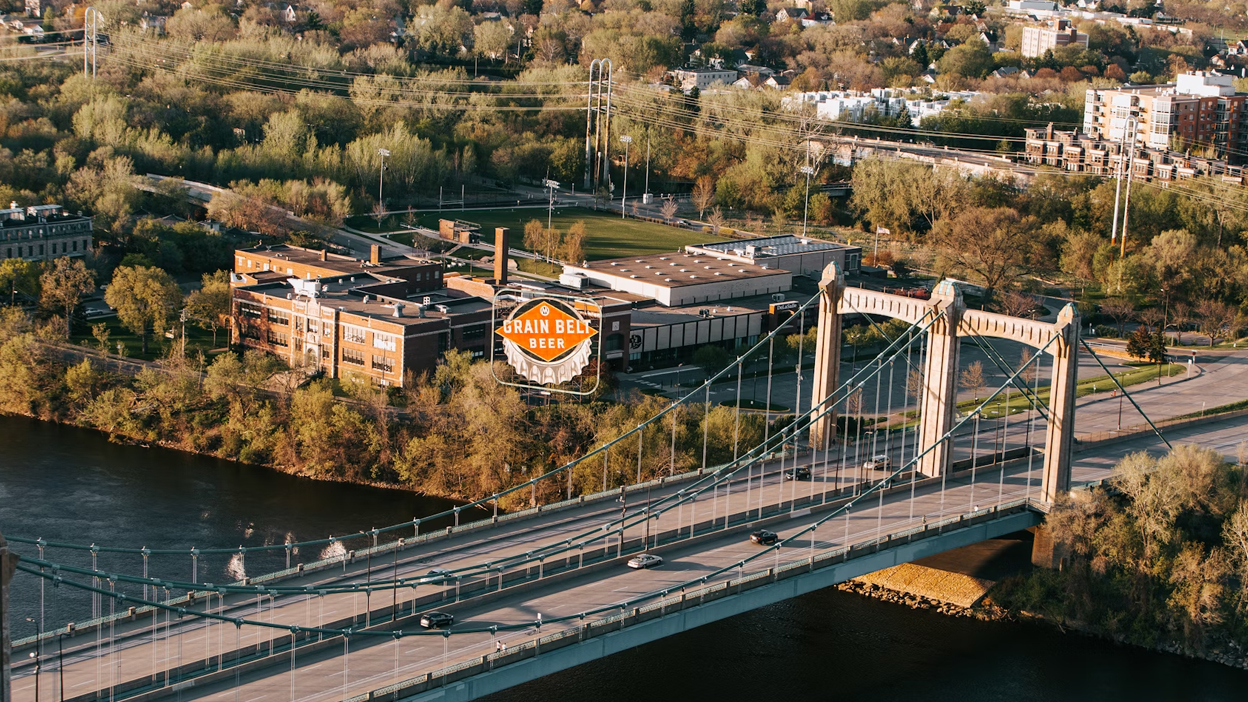
The overall Minnesota quality of life balances the many positive community attributes with economic and environmental factors.
Family-Friendly Environment and Community Support
Minnesota is known for its family-oriented policies, accessible childcare, and welcoming atmosphere for diverse populations. These elements foster strong community bonds and make it a desirable place to raise children.
Education and Healthcare as Pillars
Robust educational institutions and healthcare systems form the foundation of well-being for residents. These sectors contribute to social stability and provide safety nets for families and individuals alike.
Cost and Climate Challenges
Despite these positives, the high cost of living in urban centers, combined with taxing winters and increasing state taxes, can strain budgets and affect quality of life. Additionally, some key quality-of-life metrics show concerning downward trends, signaling areas that may require attention.
Moving Made Easier for Families
For families planning relocation, tools like PODS moving services offer flexible storage and transport solutions, minimizing stress during transitions. Likewise, Zillow’s extensive real estate platform helps families find suitable housing options to match their lifestyle and budget in Minnesota.
FAQs About Living in Minnesota
What are the best cities to live in Minnesota considering quality of life?
Top cities include Minneapolis, St. Paul, Rochester, and Duluth. Each offers a unique combination of urban convenience, access to nature, cultural attractions, and strong community networks.
How severe are winters in Minnesota for new residents?
Winters are long, cold, and snowy, often dipping below freezing for months. New residents should prepare for challenging outdoor conditions, including snow removal and winter driving, and plan for ample indoor activities.
Are there good job opportunities in Minnesota?
Yes. The state has a diverse economy with strengths in healthcare, education, technology, and manufacturing. The Twin Cities area, in particular, is an expanding tech hub, attracting young professionals.
What recreational activities are popular in Minnesota?
Popular activities include boating, fishing, hiking, biking, skiing, snowmobiling, and participating in cultural festivals and sporting events throughout the year.
How does Minnesota’s cost of living compare to neighboring states?
Minnesota’s cost of living is generally higher than many neighbors, especially in metro regions, but this is matched by higher average wages and high-quality public services.
Conclusion
The Pros and Cons of Living in Minnesota present a nuanced picture. Minnesota’s strengths lie in excellent education, superior healthcare access, strong economic opportunities, and breathtaking natural beauty, making it a prime location for many. Conversely, the state’s long, harsh winters, rising urban living costs, and relatively high taxes represent real considerations that can impact residents’ daily lives.
Understanding the full spectrum of Minnesota pros and cons empowers potential movers to align these factors with their personal preferences and needs. Whether prioritizing living in Minnesota benefits like outdoor recreation and community or preparing for Minnesota lifestyle drawbacks such as tough winters and cost, careful evaluation will lead to the best decision for a comfortable, fulfilling life in the North Star State.


